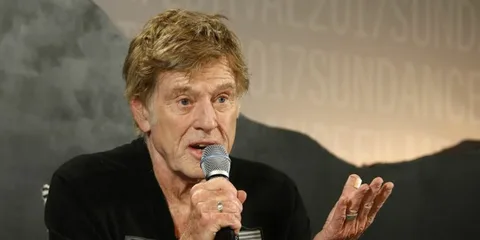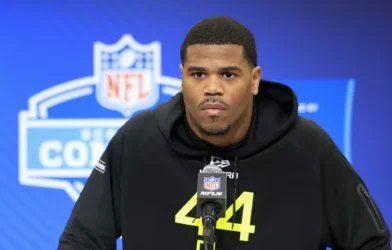Introduction
Robert Redford is one of the most influential figures in American cinema, admired for his acting, directing, and commitment to social and environmental causes. With a career spanning more than six decades, he has become a symbol of classic Hollywood charm while also shaping modern filmmaking with his creative vision. From his early roles in the 1960s to his leadership in the independent film industry, Redford’s journey is an inspiring story of talent, perseverance, and purpose.
Early Life and Beginnings
Robert Redford was born on August 18, 1936, in Santa Monica, California. Growing up in a modest household, he developed a love for the arts at a young age. After attending the University of Colorado, he pursued painting and later studied at the American Academy of Dramatic Arts in New York City. This step marked the beginning of his journey into acting, where his natural talent and charisma quickly earned attention.
In the late 1950s, Redford began appearing on television shows, slowly building his reputation. His breakout moment came with roles on Broadway, particularly in the play Barefoot in the Park, which helped him transition smoothly into film. His striking looks, combined with a subtle yet powerful acting style, positioned him as a rising star.
Breakthrough in Hollywood
The 1960s and 1970s were crucial years for Robert Redford. His performances in films such as Butch Cassidy and the Sundance Kid and The Sting established him as a major box office draw. These films not only showcased his charm but also highlighted his ability to play complex characters with depth and authenticity.
Butch Cassidy and the Sundance Kid, released in 1969, paired him with Paul Newman, creating one of the most iconic duos in cinema history. Their on-screen chemistry brought humor, emotion, and adventure to audiences worldwide. Following this success, The Sting in 1973 reunited the two actors and won widespread acclaim, including an Academy Award for Best Picture.
Expanding into Directing
While Redford’s acting career flourished, he also nurtured an interest in directing. His directorial debut came in 1980 with Ordinary People, a family drama that earned critical praise and won the Academy Award for Best Picture, as well as Best Director for Redford. This achievement confirmed that he was not just a talented actor but also a gifted storyteller behind the camera.
Throughout the 1980s and 1990s, Redford continued directing and acting in notable films such as A River Runs Through It and Quiz Show. His directing style emphasized emotional depth and the human condition, often reflecting themes of struggle, resilience, and connection.
Champion of Independent Film
Beyond his personal career, Robert Redford made a lasting impact on the film industry by founding the Sundance Institute in 1981. The institute created opportunities for independent filmmakers to develop and showcase their work, eventually giving rise to the Sundance Film Festival. This festival became one of the most prestigious platforms for independent cinema, supporting fresh voices and innovative storytelling.
Through Sundance, Redford helped bring independent films into the mainstream, giving countless directors and actors their first major break. His vision reshaped the industry by proving that smaller, unconventional stories could resonate with global audiences.
Environmental and Social Advocacy
Redford’s influence goes beyond film. He has been an outspoken advocate for environmental protection and social justice. For decades, he has supported initiatives focused on preserving natural resources, combating climate change, and promoting sustainable living. His passion for nature is deeply personal, as he has spent much of his life in the mountains of Utah, where he built Sundance into both a creative hub and a conservation-focused community.
His activism has been recognized globally, earning him awards and respect not only as an artist but also as a humanitarian. He consistently used his platform to speak about pressing issues, proving that fame can serve a greater purpose.
Later Career and Legacy
Even in his later years, Robert Redford continued to captivate audiences. Performances in films like All Is Lost and The Old Man and the Gun demonstrated his ability to deliver nuanced, moving portrayals. In 2018, he announced his retirement from acting, though his influence remains alive in both film and social causes.
Robert Redford’s legacy is not confined to his performances or awards. He redefined what it means to be a Hollywood star by balancing commercial success with artistic integrity and civic responsibility. His contributions to independent cinema and his environmental advocacy make him a true pioneer.
Conclusion
Robert Redford’s story is one of passion, creativity, and dedication. From his rise as a charismatic actor to his evolution as an acclaimed director and activist, he has left a mark that goes far beyond Hollywood. He represents the rare blend of artistry and conscience, proving that cinema can entertain, inspire, and change the world. Generations of filmmakers and audiences will continue to look up to him as a timeless icon whose work and values will never fade.













Comments are closed